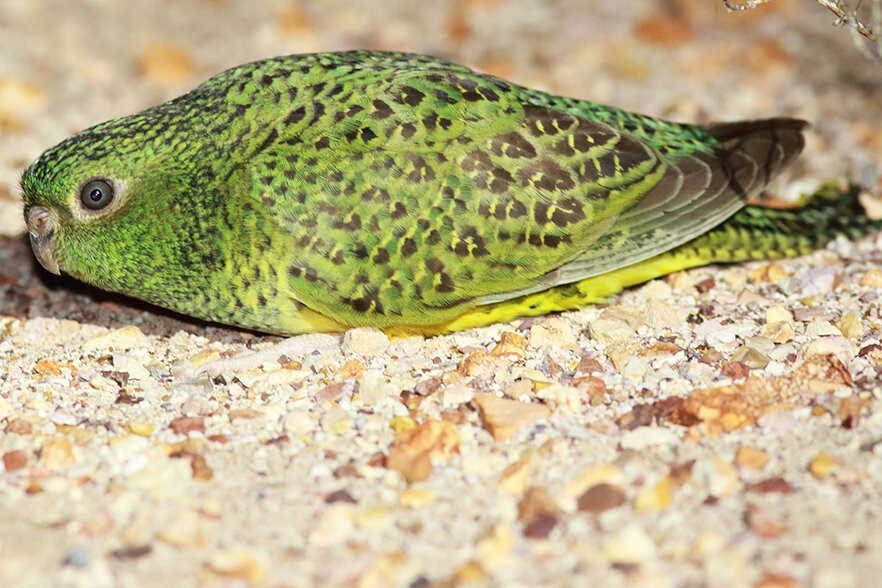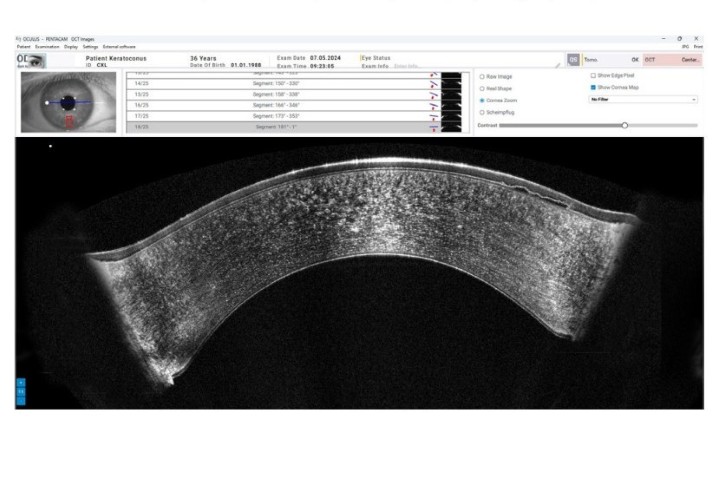Stars and their eyes… Australia’s Night Parrot
Australia’s elusive and critically endangered night parrot is on the decline due to its poor night-time vision, a new study has found.
University of Queensland and Flinder’s University researcher Dr Vera Weisbecker said the night parrot's visual system is not as well-adapted to life in the dark as would be expected for a nocturnal bird, raising concerns it might be adversely impacted by fencing in the Australian outback. "Night parrots must be able to find their way at night — to find food, avoid obstacles while flying and escape predators."
A recent anatomical study of the bird’s visual system was expected to show adaptations for seeing in the dark, similar to other nocturnal birds, however this was not the case. Analysing a 3D reconstruction of the night parrot’s skull showed that compared with other related parrot species, the night parrot’s eye size, optic nerves and lobes were similar to or even smaller than those of day-time parrots.
"This suggests that the night parrot may not be great at seeing in the dark. Its vision is likely sensitive but with poor resolution, so that it might not be good at distinguishing obstacles like wire fences or even predators in dark conditions," said co-author Aubrey Keirnan.
To help save the night parrot, one of only two remaining nocturnal parrot species in the world - the other being New Zealand’s Kakapo – researchers are suggesting removing unused fencing in the outback and adding reflective tape to remaining fences, which pose a common problem for other flying animals.


























